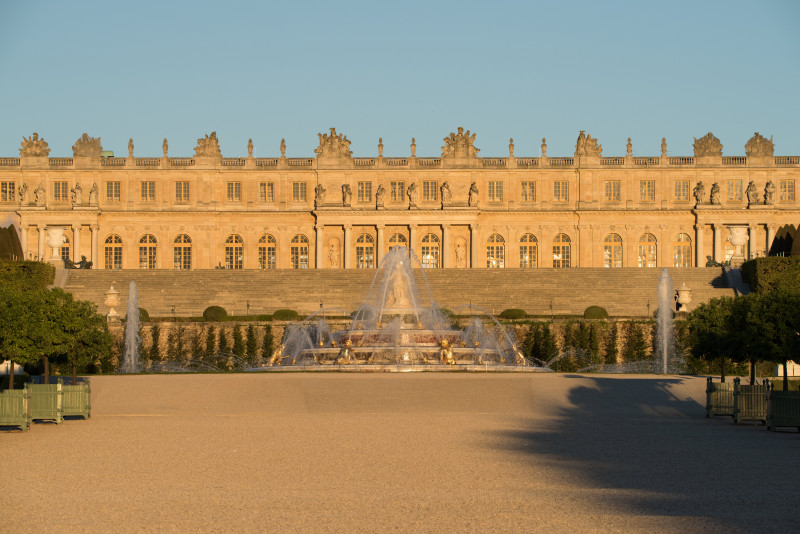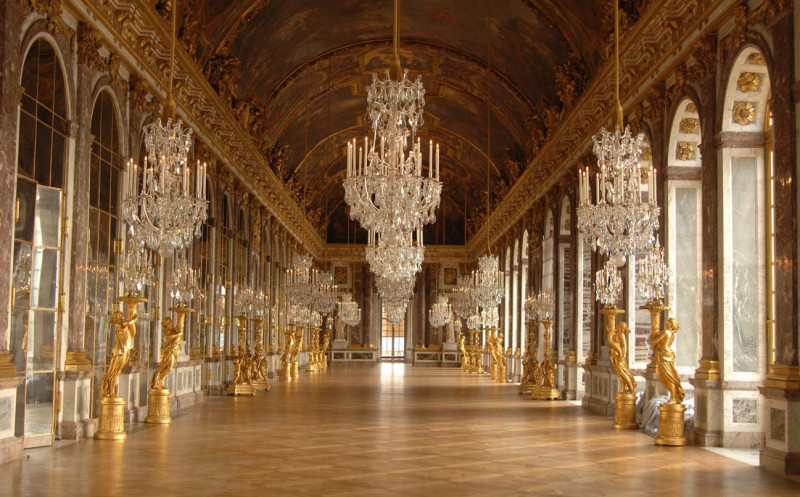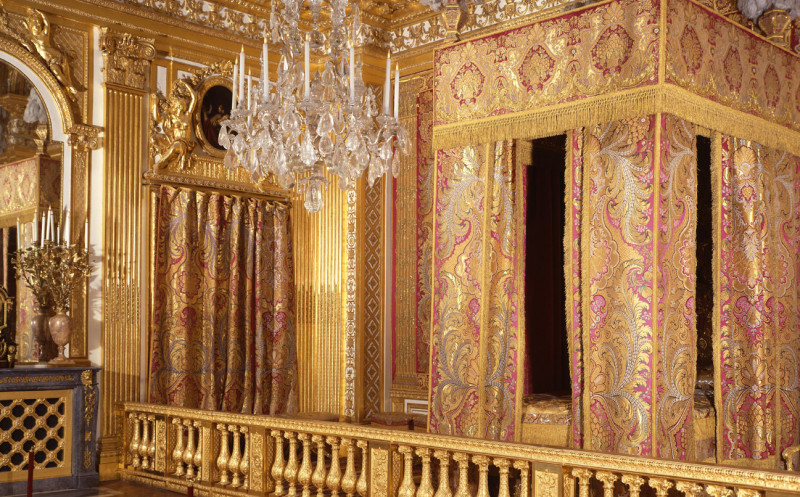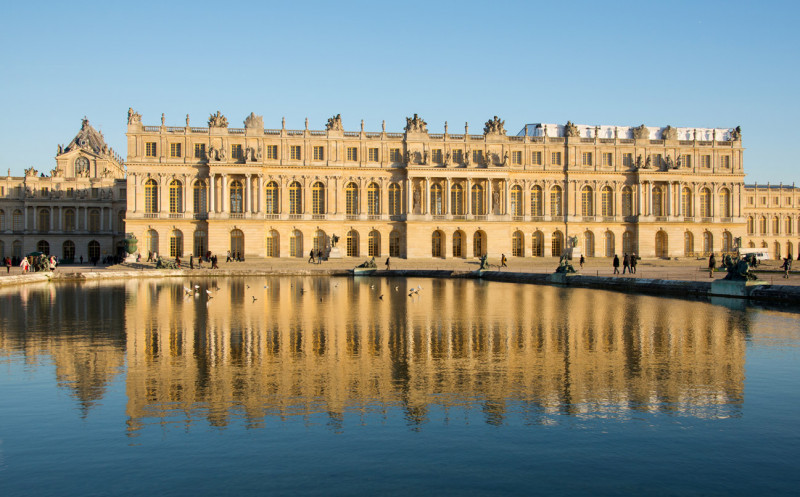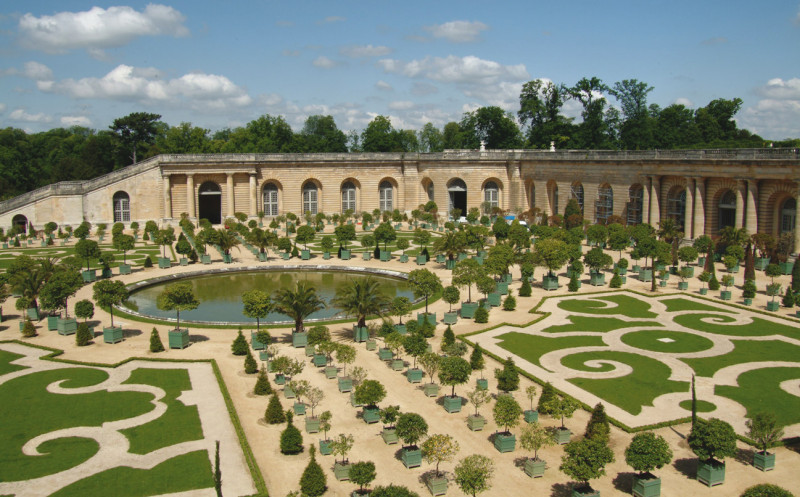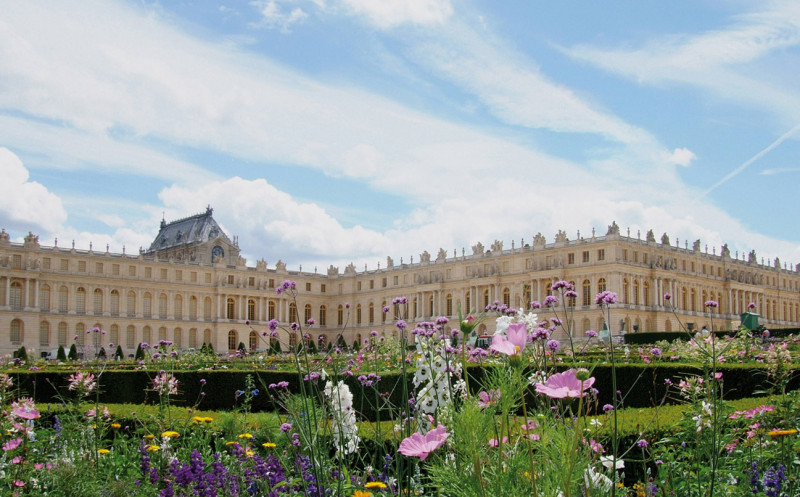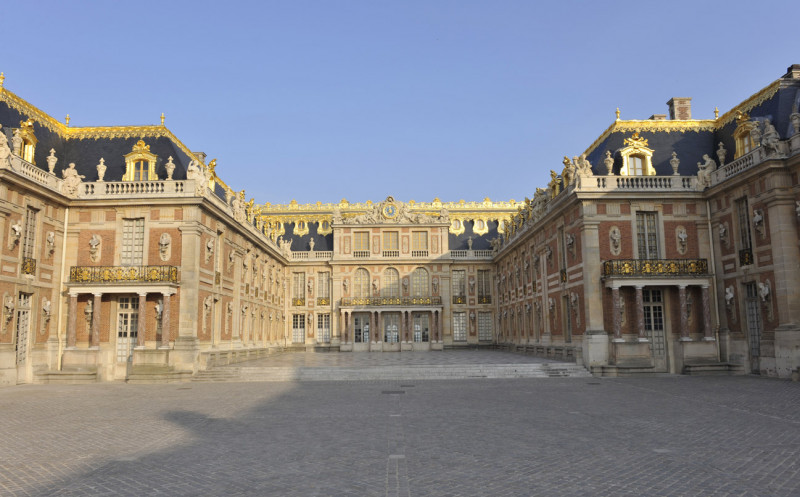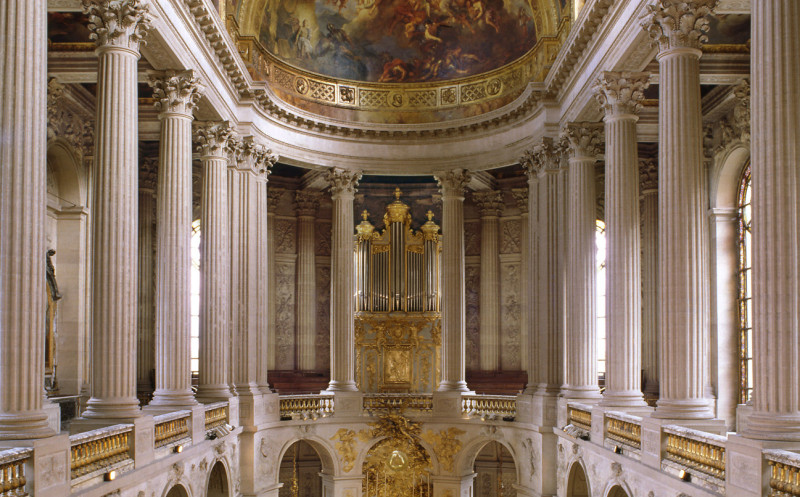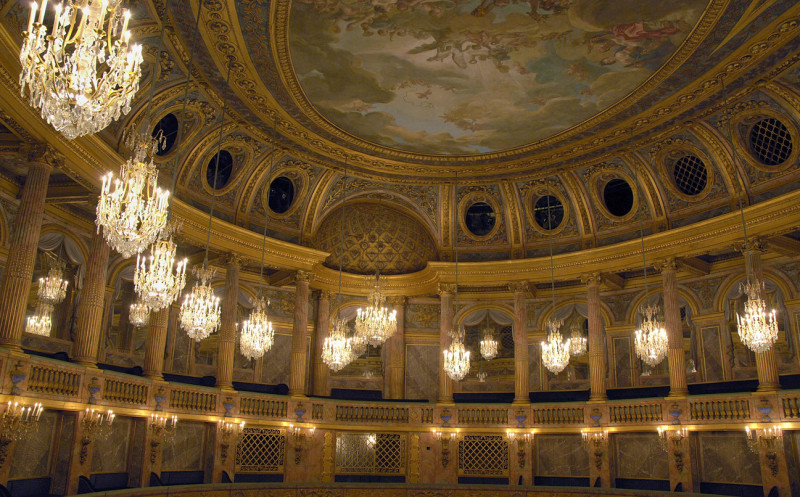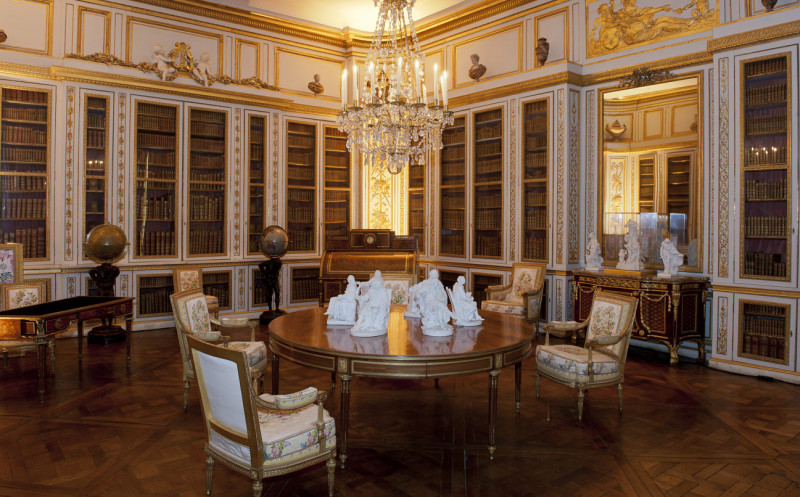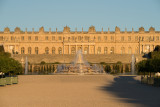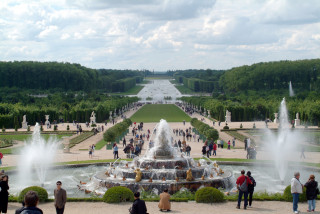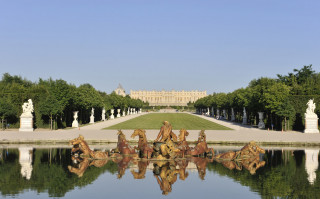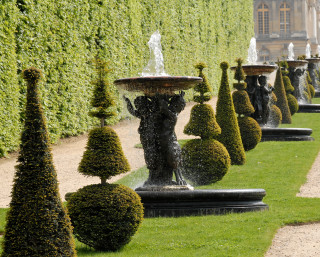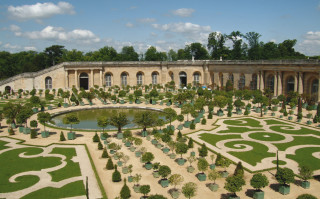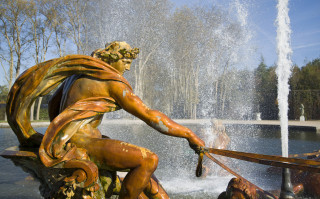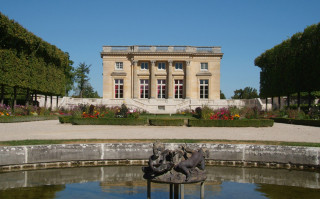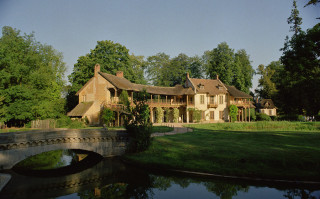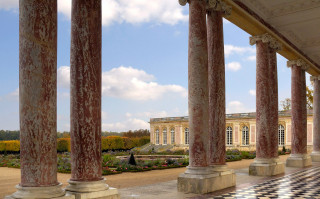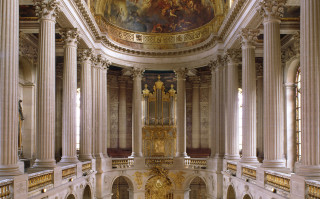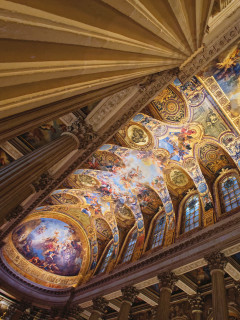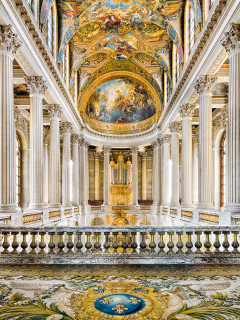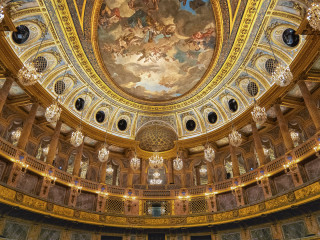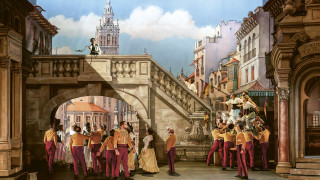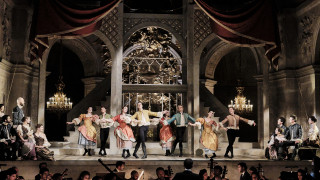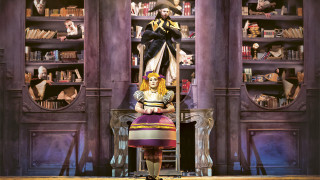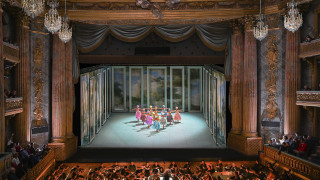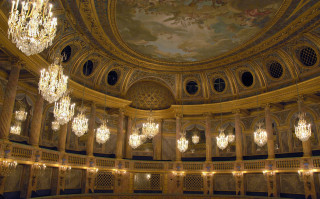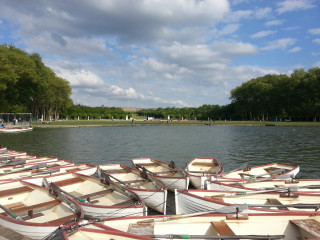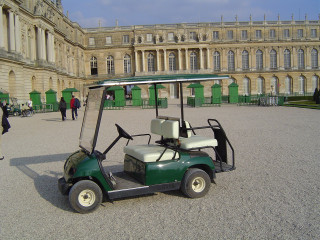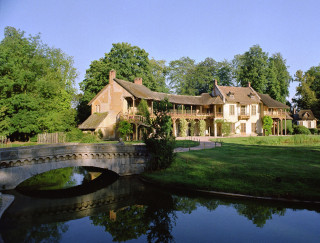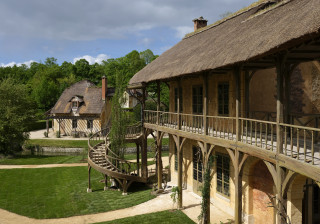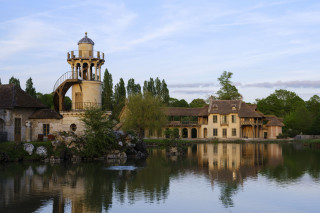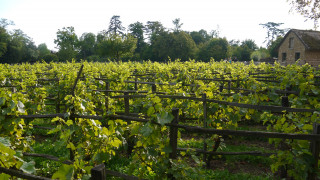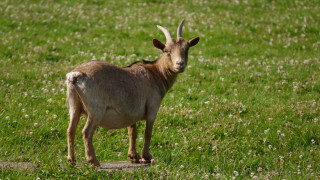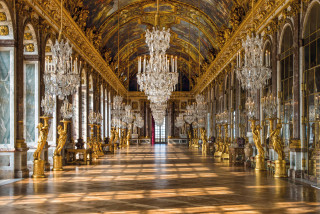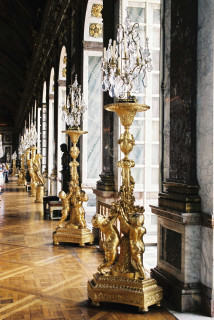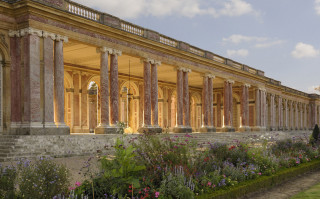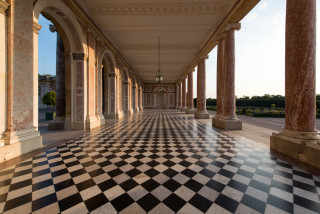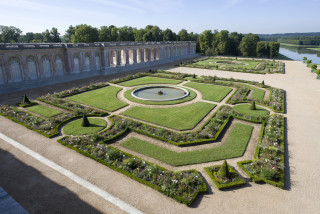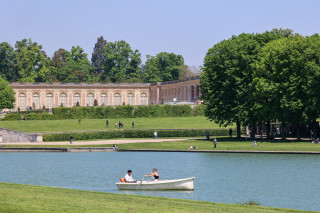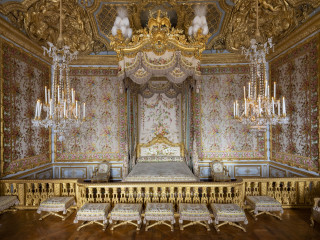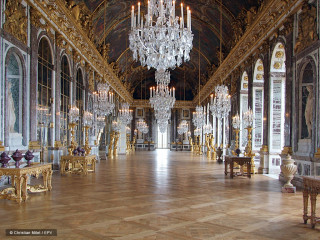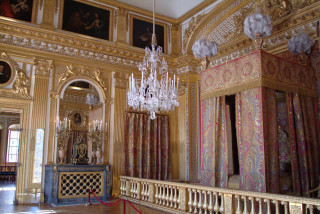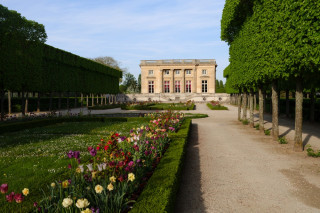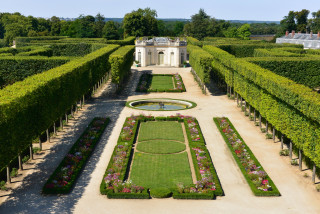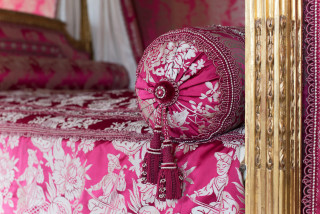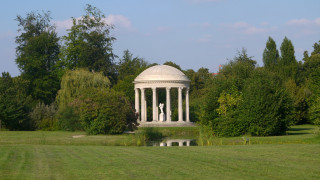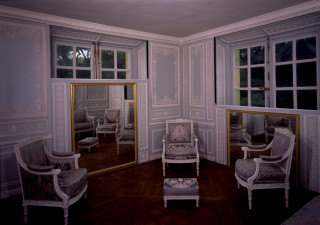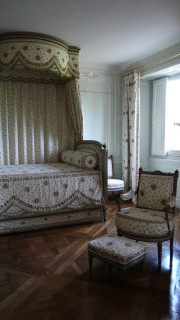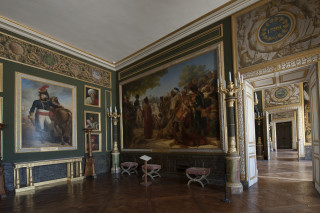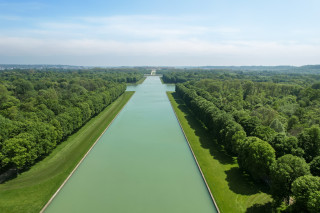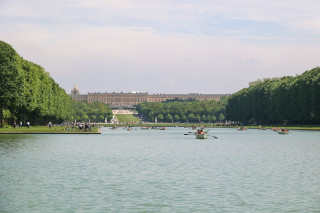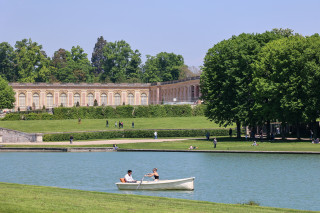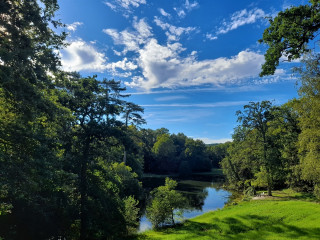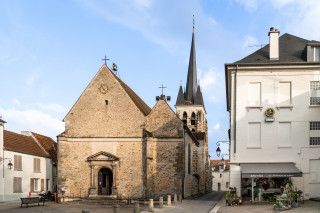Le château de Versailles
Palace of Versailles
Opening day(s)
From 01 November to 31 December(every year)
Tuesday, Wednesday, Thursday, Friday, Saturday, Sunday
09:00 to 17:30
Exceptionally closed : Thursday 25 December 2025
Destination
Château de Versailles
Château de Versailles
Place d'armes
78000
Versailles
GPS coordinates
Latitude : 48.804328
Longitude : 2.120936
Presentation
Since 1979, the Palace of Versailles has been listed as a UNESCO World Heritage Site. It stands as one of the finest masterpieces of 17th-century French art.
The Palace and the Trianon Estate are open every day, except Mondays. The Palace opens at 9 a.m., while the Trianon Estate opens only from 12 p.m.
The Park and Gardens are open daily with free admission (access to the Gardens is ticketed on the days of the Musical Fountains Shows and Night Fountains Shows, as well as during the Musical Gardens).
You can only access the Park via:
the Queen’s Gate (Grille de la Reine, entrance for pedestrians, cyclists, and vehicles every day),
the Saint-Antoine Gate (Porte Saint-Antoine, pedestrians and cyclists every day, vehicles only on weekends and public holidays),
the Matelots Gate (Grille des Matelots, pedestrians and cyclists every day),
from 7 a.m. to 8:30 p.m., with last entry at 6:15 p.m. in high season, and from 8 a.m. to 6 p.m. in low season.
By exploring the Hall of Mirrors, the King’s State Apartments, and the Museum of the History of France, you step into a palace that, until 1789, was the heart of royal power and continued to evolve over the centuries.
Originally, Versailles was nothing more than a hunting lodge built by Louis XIII. But it was here that Louis XIV chose to construct the majestic palace we know today, a symbol of absolute monarchy and French classical art.
In the 1670s, Louis XIV commissioned the construction of the King’s and Queen’s State Apartments. The most emblematic creation of these ceremonial spaces is undoubtedly the Hall of Mirrors, designed by Mansart.
During the following century, the palace kept expanding, with major works such as the Royal Chapel and the Opera. Today, the Palace covers 63,154 m², spread across 2,300 rooms.
Although the Palace lost its role as the seat of power in 1789, in the 19th century it was given a new purpose: to become the Museum of the History of France, an idea launched by Louis-Philippe, who ascended the throne in 1830. Many rooms of the palace were then transformed to house collections recounting the great moments of French history, enriched until the early 20th century.
The Park and Gardens are open daily with free admission (access to the Gardens is ticketed on the days of the Musical Fountains Shows and Night Fountains Shows, as well as during the Musical Gardens).
You can only access the Park via:
the Queen’s Gate (Grille de la Reine, entrance for pedestrians, cyclists, and vehicles every day),
the Saint-Antoine Gate (Porte Saint-Antoine, pedestrians and cyclists every day, vehicles only on weekends and public holidays),
the Matelots Gate (Grille des Matelots, pedestrians and cyclists every day),
from 7 a.m. to 8:30 p.m., with last entry at 6:15 p.m. in high season, and from 8 a.m. to 6 p.m. in low season.
By exploring the Hall of Mirrors, the King’s State Apartments, and the Museum of the History of France, you step into a palace that, until 1789, was the heart of royal power and continued to evolve over the centuries.
Originally, Versailles was nothing more than a hunting lodge built by Louis XIII. But it was here that Louis XIV chose to construct the majestic palace we know today, a symbol of absolute monarchy and French classical art.
In the 1670s, Louis XIV commissioned the construction of the King’s and Queen’s State Apartments. The most emblematic creation of these ceremonial spaces is undoubtedly the Hall of Mirrors, designed by Mansart.
During the following century, the palace kept expanding, with major works such as the Royal Chapel and the Opera. Today, the Palace covers 63,154 m², spread across 2,300 rooms.
Although the Palace lost its role as the seat of power in 1789, in the 19th century it was given a new purpose: to become the Museum of the History of France, an idea launched by Louis-Philippe, who ascended the throne in 1830. Many rooms of the palace were then transformed to house collections recounting the great moments of French history, enriched until the early 20th century.
Videos / Pics
Videos / Pics
About
The castle and the Trianons are free to the public every first Sunday per month from November to March ,
Tarifs
Paris Museum Pass accepted: compulsory reservation of a time slot
We also suggest...
From 01 November to 31 December(every year)
Every day
10:00 to 17:00
Last ticket at 4PM
2 pickup locations:
- South terrace of the Palace
- Grand Canal / Little Venice
+33 1 39 24 88 88

